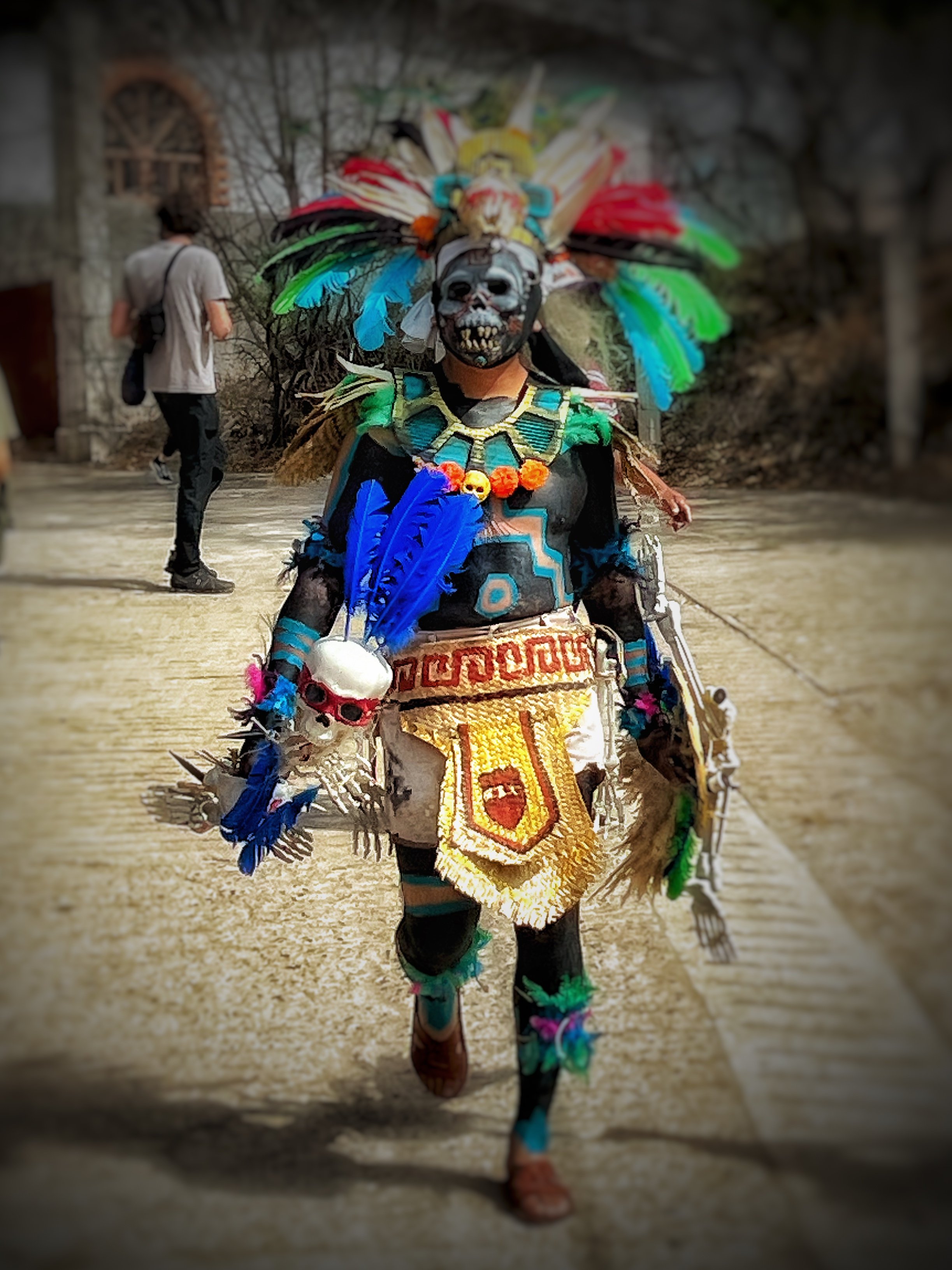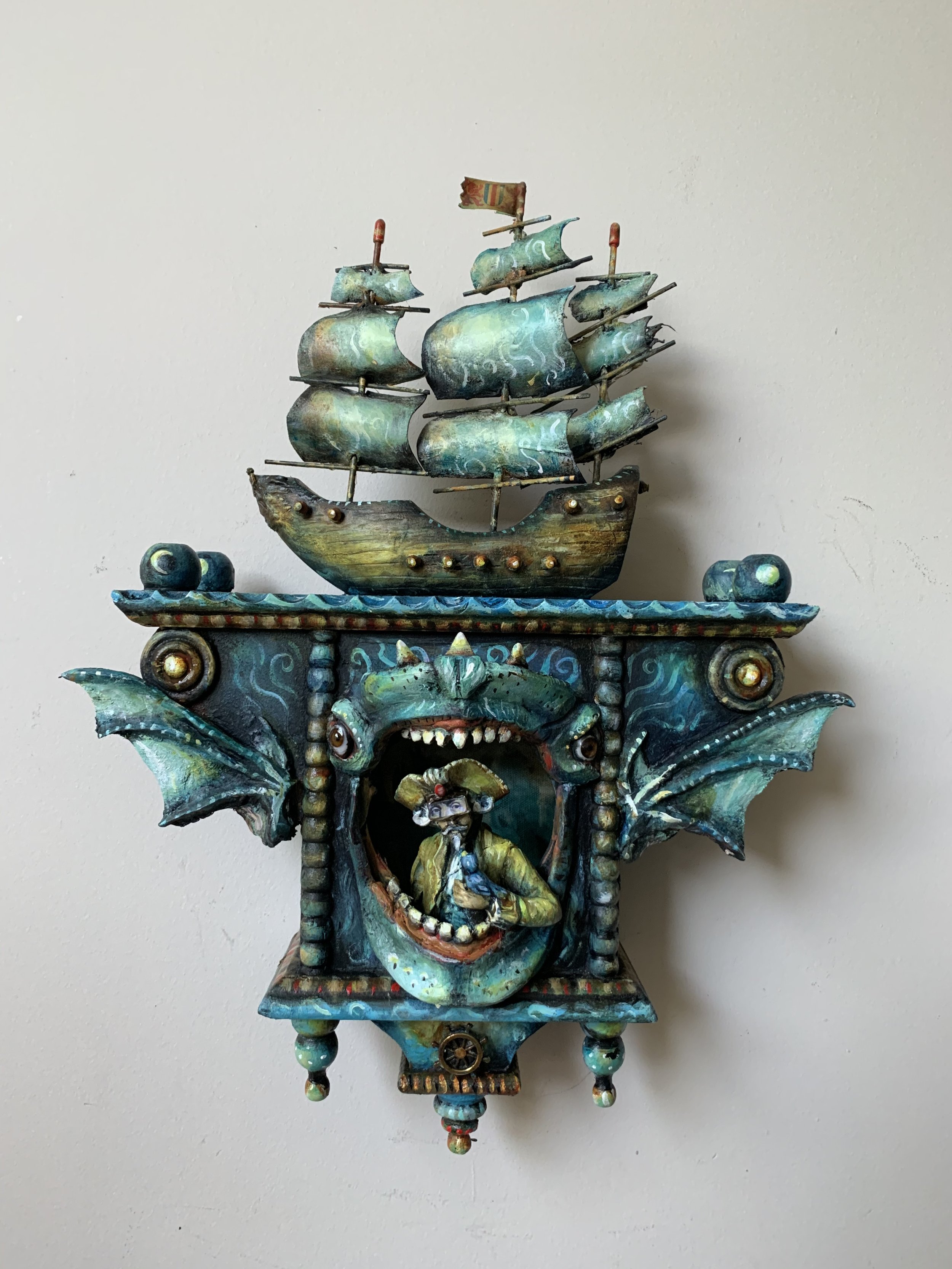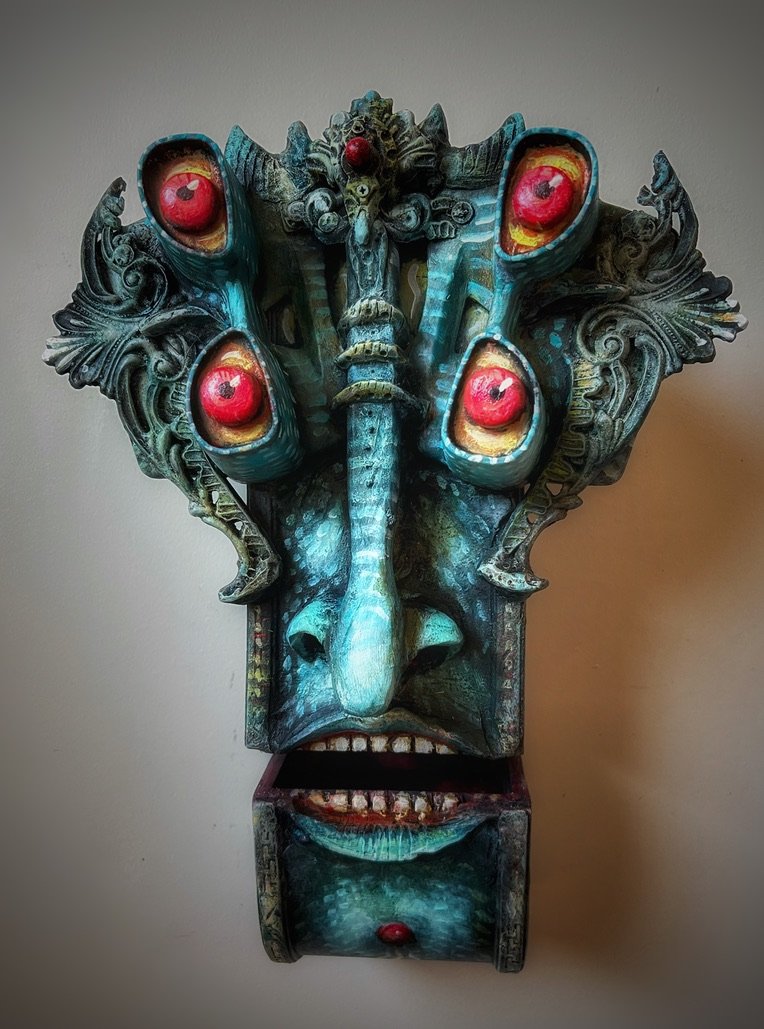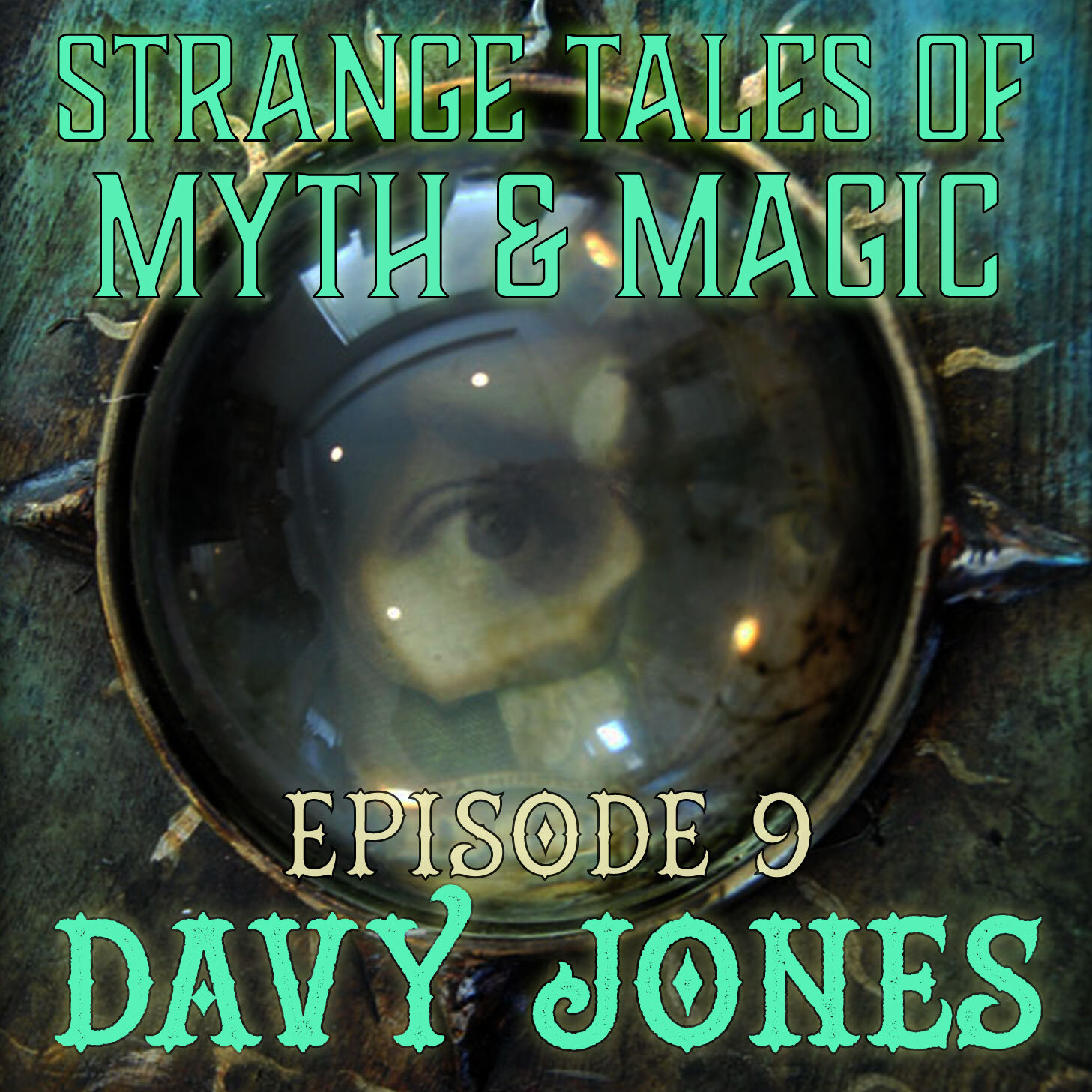As the Holidays quickly approach it won’t be long before the streets are rampant with devilish creatures. Now I’m not talking about Halloween…that event is done and dusted for the season, rather if you live in Germanic areas you might come across a Krampus Lauf or a Perchten Run. In both case craved demons roam the streets in early December.
To the unenlightened, the Krampus devils and the Perchten devils are one in the same, but that just isn’t the case. They may look similar but they have different rolls to play in the weeks before Xmas.
Krampus?
Perchten?
Perchten
ORIGIN: Straight outta the Alpine mountains, Austria’s own spooky squad,
APPEARANCE: Imagine your worst bad hair day, add a whole lot of fur, horns and perhaps some tusks only a mother could love,
CLOTHING: Fur, chains, and a sack of sticks—Krampus keeps it classic
BEHAVIOR: Roams in packs, scaring evil spirits and delighting (or terrifying) festival-goers. Usually accompanied by angels (Schönperchten…beautiful Perchten).
SEASONAL TIMING: Hits the scene for the Perchtenlauf in early January, just in time to ring in the New Year.
SYMBOLISM: Represents the “ugly” side of winter, scaring away the shadows for a fresh start. Sort of gargoyle of winter
ROLE IN FOLKLORE: The dark cousins of the beautiful Schönperchten, they’re the winter bouncers of Alpine folklore.
MODERN POPULARITY: Big in Europe’s wild winter festivals, where scary is stylish.
Krampus
ORGIN: Hangs out in Austria and Alpine hills, the dark buddy to St. Nick.
APPEARANCE: Picture a mix of demon, goat, and the guy you’d least want to meet under the mistletoe…but who am I to judge?
CLOTHING: Animal skins, a dash of greenery, and a whole lot of bells…you can’t have too much cowbell.
BEHAVIOR: Loves a good chase! Krampus is known to “playfully” go after the crowd on Krampusnacht, especially children. Watch out ye naughty children cuz the Xmas devil is coming.
SEASONAL TIMING: All about the holiday season on December 5th—Krampusnacht. If it’s later that that it’s probably not Krampus
SYMBOLISM: The ultimate holiday enforcer, reminding everyone to be nice…or else Krampus will come a knockin’.
ROLL IN FOLKLORE: Jolly Ol’ Saint Nicholas’s horned ( and long tongued) sidekick, bringing balance to the holiday cheer with some good old-fashioned fear.
MODERN POPULARITY: Krampus fever has spread globally with parades, costumes, and plenty of memes
My Annual Krampus Ornament Sale Starts Saturday Nov 23
This Year’s Theme: The Perchten - Mysterious and Grim Super Heroes of the Solstice
After so many years of making Krampuses I decided I’d had a superhero vibe to this years batch into unlikely good guys. This year’s collection isn’t into punishment of naughties, but rather will keep the evil spirits of Winter at bay….everyone needs a little bit of that I think.




































































































































